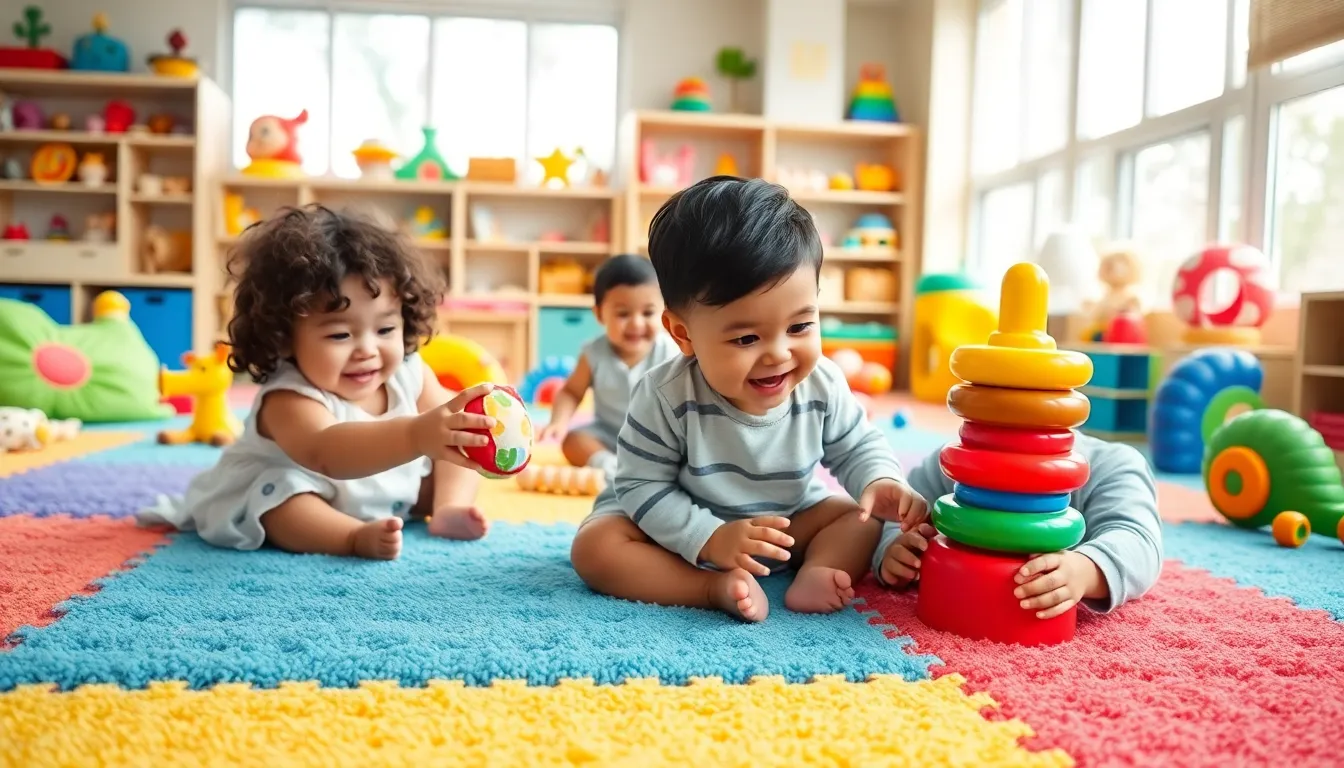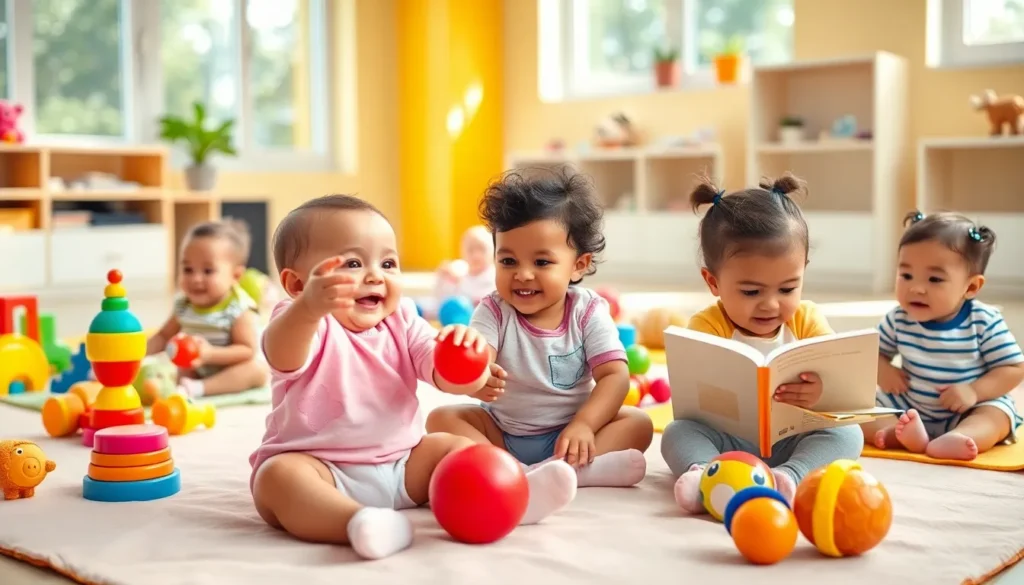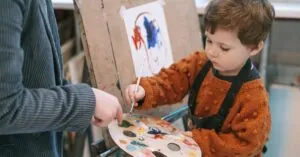Table of Contents
ToggleImagine a world where the giggles of little ones compel us to stop and smile, where each tiny cackle is a victorious cheer over a new discovery. Babies playing is not just adorable: it’s a vital part of early growth that deserves a closer look. While these playful moments might seem like mere fun and games, they’re actually deeply rooted in the fabric of development. In this exploration, we’ll jump into the significance of play in childhood, uncover various engaging activities, and reveal how parents can foster this critical phase of life. Get ready to chuckle and learn – here’s why the playful journey of babies is both charming and crucial.
The Importance of Play in Early Childhood

Play is the cornerstone of childhood development. When babies engage in playful activities, they aren’t merely filling time: they’re actively shaping their futures. Through play, babies experiment, explore their environment, and interact with those around them. This natural curiosity enables them to build cognitive frameworks that will support their learning throughout life.
Research shows that engaging infants and toddlers in playful experiences can significantly boost their emotional, social, and physical skills. It allows them to express feelings, navigate challenges, and discover their world. Play fosters a sense of autonomy and confidence, crucial attributes that will serve them well as they grow. In essence, every laugh and every giggle is a step towards a more resilient and capable individual.
Types of Play Activities for Babies
Play for babies comes in many shapes and sizes: each type serves a specific purpose and, crucially, is a lot of fun. Here’s a breakdown of several enriching play activities:
Physical Play: Enhancing Motor Skills
Physical play includes activities where babies crawl, reach, and grasp objects. This type of movement aids in developing gross motor skills. Tummy time, for instance, is essential. It strengthens muscles and prepares babies for sitting up and crawling. It’s a workout, albeit the cutest one you’ll ever see.
Sensory Play: Engaging the Senses
Sensory play captivates babies’ minds and stimulates their senses. Think of textures, colors, and sounds. Activities like playing with water, sand, or even homemade play dough offer opportunities to explore and understand their surroundings. Each squish, splash, and swirl contributes to their sensory development.
Social Play: Fostering Interaction
Social play occurs when babies interact with others, whether that’s parents, siblings, or peers. It helps them learn about sharing, cooperation, and communication. Activities like singing songs together or playing peek-a-boo encourage not only interactive fun but also bonding and emotional development.
Benefits of Play for Cognitive Development
The impact of play goes beyond mere amusement, it’s fundamental to cognitive growth. Engaging in play helps babies develop important skills like problem-solving, creativity, and critical thinking. For example, when a baby figures out how to stack blocks or manipulate toys, they’re practicing spatial awareness, hand-eye coordination, and even cause-and-effect reasoning.
Also, through imaginative play, children learn to process their feelings and experiences. Pretend play allows them to safely explore complex emotions and social situations, fostering empathy and understanding. The more they play, the more they learn, building a solid foundation for future learning. Essentially, through joyful exploration, they acquire the tools they’ll need to navigate the bigger world around them.
Creating a Safe and Stimulating Play Environment
Creating a conducive play environment can dramatically enhance a child’s experience. First and foremost, safety is paramount. Parents should ensure that play areas are free from choking hazards and sharp objects. Use play mats or soft surfaces to cushion any tumbles and potential bumps.
Once safety is secured, think about stimulating the environment. Include a variety of toys that cater to different senses and developmental stages. Bright colors, interesting textures, and varied sounds will capture a baby’s attention and encourage exploration. Rotating toys regularly can keep the excitement alive, ensuring that babies are continually challenged and engaged.
Tips for Encouraging Play at Home
Encouraging play in the home doesn’t have to be a challenging job. Here are some simple yet effective tips to foster a playful atmosphere:
- Join in the Fun: Participate in playtime activities. Your involvement not only boosts the fun but also strengthens your bond.
- Limit Screen Time: While it’s tempting to distract little ones with screens, real-life interaction is far more beneficial for development.
- Provide Variety: Mix things up. Use different toys and materials to keep babies engaged. Rotate toys to keep things fresh and exciting.
- Follow Their Lead: Pay attention to what captivates their interest. Whether it’s a single toy or an activity, following their curiosity can lead to meaningful play moments.




